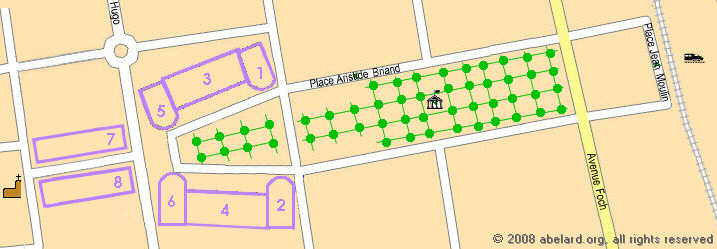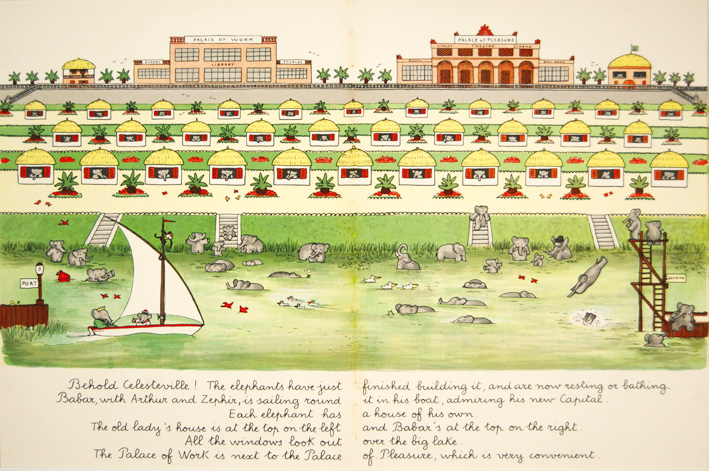










 |
 |
 |
 |
 |
 |
||
 |
 |
 |
 |
 |
Art Deco in
|
|
||
|
|
|||
art deco in franceFrance was in the vanguard of Art Deco design, peaking in the 1925 Exposition des arts décoratifs et industriels exhibition in Paris.
This had French displays and pavilions on the left bank of the Seine and foreign pavilions on the right bank. The French displays included the Lalique Tower, that was lit at night, and the Pavillion de l’Esprit Nouveau, designed by architect Le Corbusier and his cousin Pierre Jeanneret. This pavilion included a modular show apartment, part of a proposed large-scale housing project for central Paris, but never built. On the internal walls hung pictorial works by contemporary painters, Amedee Ozenfant, Juan Gris and Fernand Leger, Pablo Picasso and Le Corbusier.
During the early twentieth century, both the Côte d’Azur in the south-east of France, and the Atlantic coast became increasingly attractive places for taking the waters and to holiday. There was much building in both regions. On the Atlantic coast, the coastal strip from Spain to Bordeaux was transformed
from a desolate
temperate desert to a vibrant chain of resorts, often enhanced by
many Art Deco buildings. After World War One, when Germany had destroyed
many buildings, other opportunities were provided for French architects
and builders to construct in the new style.
art deco in a french model townOne small town, Morcenx, began as merely a station in 1854 when the railway was built to connect Bordeaux in the north of Aquitaine to Dax, further south. The railway passed to the north and east of the original Morcenx - Morcenx Bourg. The new town of Morcenx became a large junction for freight - shipping out wood from the forests, and wood products such as fibre board, from the nearby factories. The expanding Morcenx was built on a model town layout, its design incorporating different characteristics of medieval bastide towns: the railway line like an extended border, a big square, shade by trained plane trees, situated opposite the station with an axis of symmetry perpendicular to the railway line, and punctuated at its other end by a church. Situated around this axis, the urban Republican complex also contributes to embellishing the heart of this town. In response to a real need, the municipal buildings were built in 1936 to architect Franck Bonnefous, with decorations added by sculptor Lucien Danglade. Municipal buildings included the town hall, or mairie , the post office - La Poste , cinema, an assembly and concert hall - le Centre Jean Jaures , labour and trade union offices , a music school , tax offices , and municipal offices . |
|||||||
 |
|||||||
|
mardi gras! carnival in Basque country what a hair cut! m & french pop/rock |
Plan
of Morcenx town centre
The two main architectural trends of Art Deco are examined further in Art deco - sybaritic trend and Art deco - revolutionary trend.
|
||||||
 Celestville, the model town built by Babar the Elephant |
|||||||
| abstracts | briefings | information | headlines | loud music & hearing damage | children & television violence | what is memory, and intelligence? | about abelard |
email abelard at abelard.org © abelard, 2008,29 July the address for this document is https://www.abelard.org/france/art_deco_france.php x words |